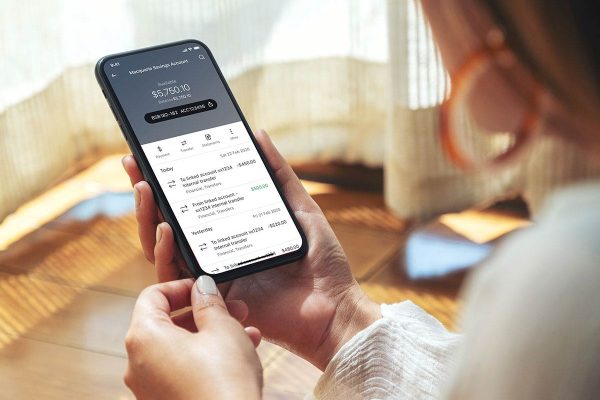The field of payments has changed radically and forever. Everything that should have happened no earlier than 2025 (according to all forecasts) became a reality much earlier. However, the financial industry has already experienced similar shocks. The emergence of plastic cards and the ubiquity of cashless payments have forced banks to rethink their role in the economy, relationships with customers, and competitors. Now they have to adapt to new conditions and decide on the introduction of new technologies and opportunities. Each bank mobile wallet will have to decide on its future in three key areas: customer service, mobile services, and innovation.
Bank mobile wallet: an innovative solution
Payment terminals are everywhere and available for everyone. The use of QR codes allows people to make transactions wherever there is Internet access; everything is very simple and you can get acquainted with all the peculiarities via https://walletfactory.com/en-us/how-to-pay/qr-code-technology/ website. After all, almost every smartphone user has a banking application today and the Wallet Factory Company can develop a white label solution for banks. Mentioned bank mobile wallet is made by specialists, who are responsible for designing and developing the platform, so the final product helps
- Gather popular payment tools.
- Use the most efficient operational logic.
- Create decent types of ecosystem participants.
- Get a well-thought-out system with the implementation of modern digital technologies.
Wallet Factory Company representatives make it easy for the bank customer to manage any products and order new ones, store all loyalty cards in one app, to use NFC technology (visit https://walletfactory.com/en-us/how-to-pay/contactless-nfc-technology/ and find more information), to collect and redeem points for in-app activity. The software is fully consistent with the style of the bank and is constantly updated, allowing users to enjoy new wallet features and enhanced security options.
It can be made the following types of transfers
- P2P transfers.
- R2P (requests to pay).
- QR code payments (P2M).
- EMV QR (integration).
- Payments via a shared link, etc.
The development process is performed according to modern tools and the professionals are ready to provide the banks with a worthy solution at a value price. This digital technology does not require its users to have a bank account in order to conduct remote transactions over the Internet (unlike traditional mobile banking offered by many modern financial institutions as part of their core banking system). In addition, the functions of the soft are not limited to financial transactions but also include useful management tools and marketing opportunities. It is an easy-to-use application that is compatible with multiple mobile devices and focused on providing customers with a secure one-stop tool. Customers are able to make all kinds of payments without cash, checks, or plastic cards by downloading the software on their smartphones or tablets.




